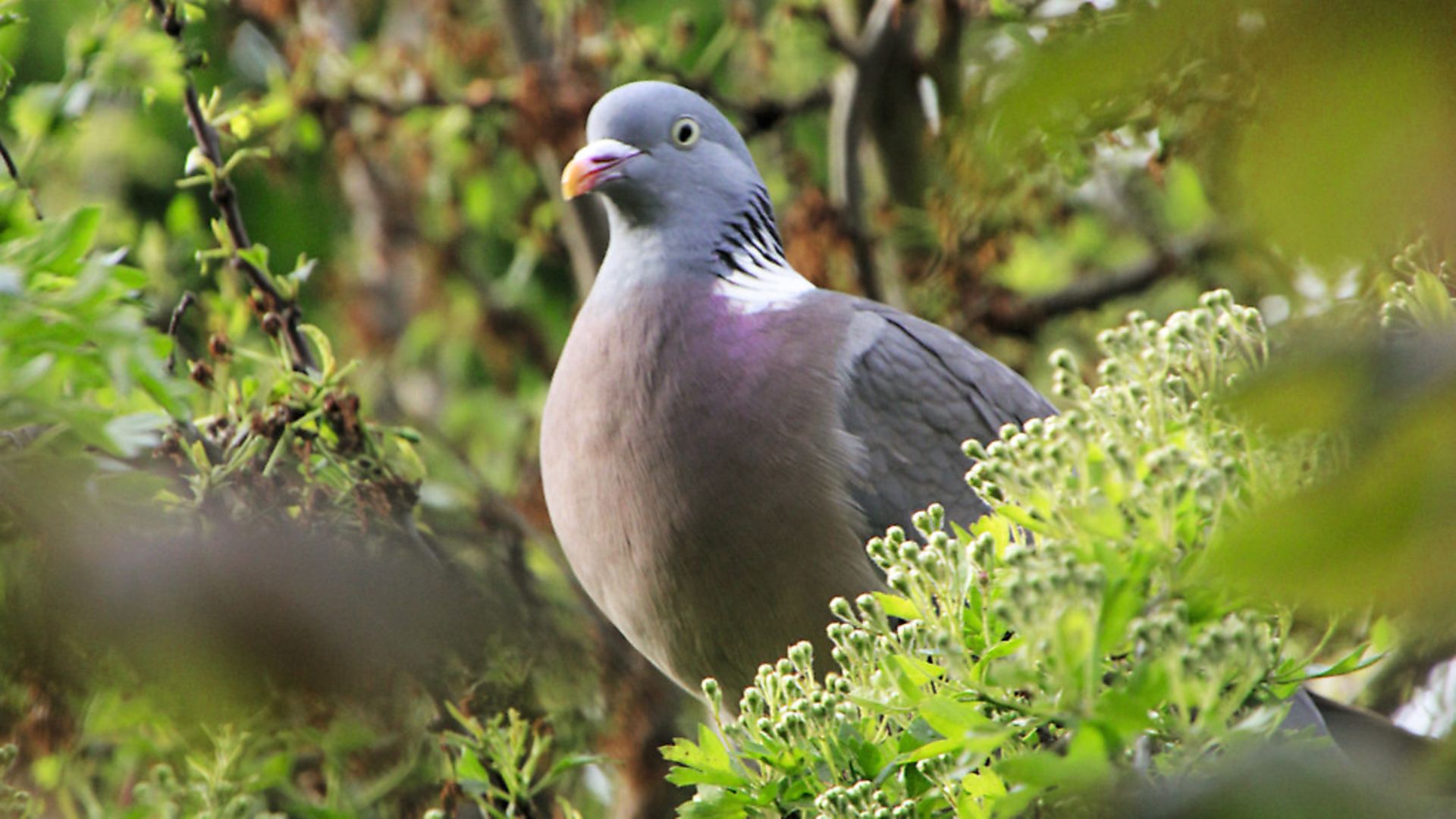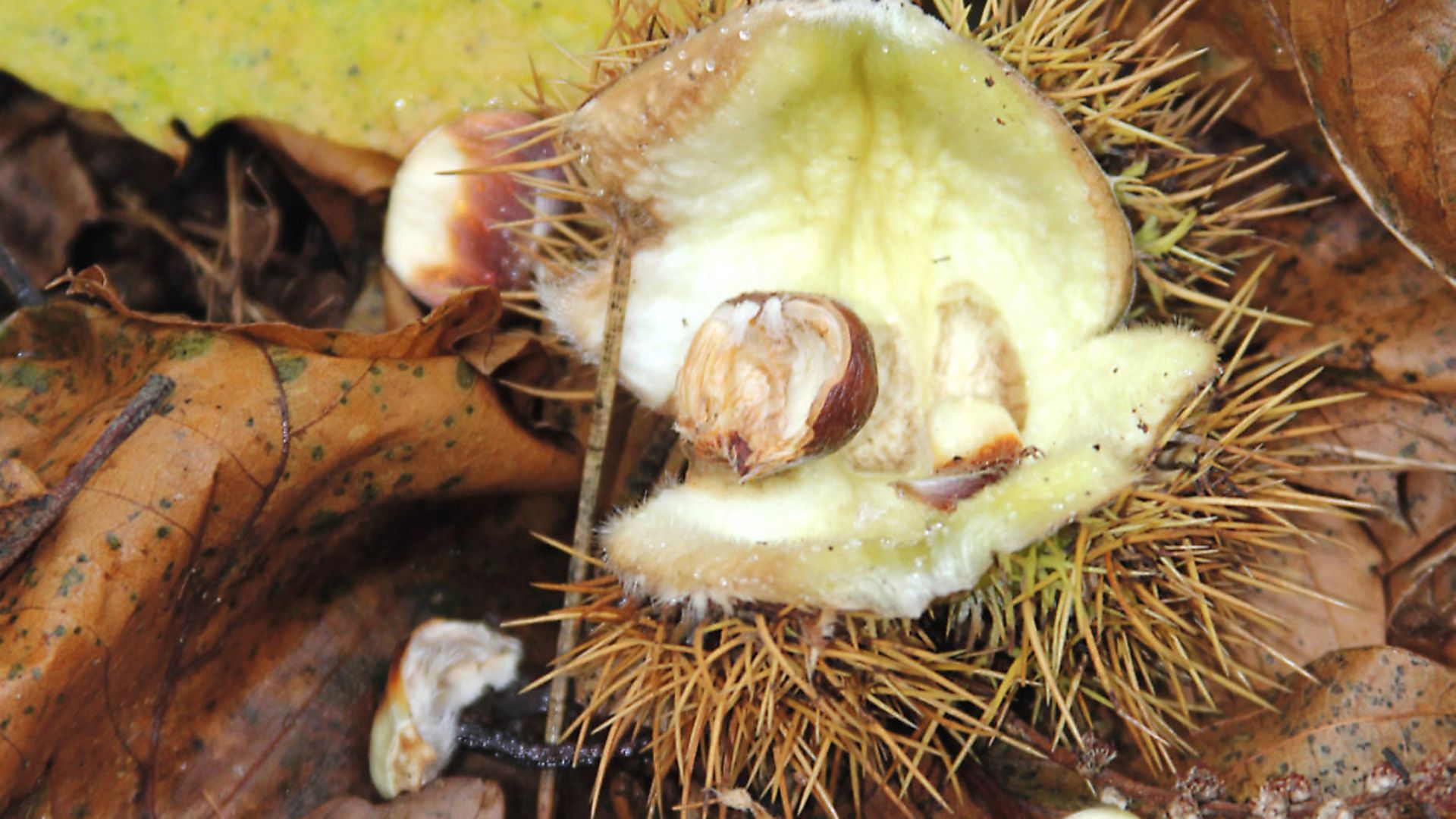“I love the late autumn and winter squirrel hunts because the squirrels are so much easier to find up in the trees.”
 credit: Archant
credit: Archant
The nights will be drawing in, the cooler weather is more consistent and the leaves have fallen. This will enable us pest controllers to see more of our quarry species; squirrels and pigeons are my priority in the woods, and rabbits succumb to the lamp or night vision.
Squirrels are now be in full ‘food storage’ mode in preparation for a hard winter and that gives us more chances to control them in greater numbers, because they will have one eye on the food source rather than two on us. I love the late autumn and winter squirrel hunts because the squirrels are so much easier to find up in the trees. They think they are hidden from us, but there will always be that small patch of grey visible to the naked eye, or through the scope as we scan the bare treetops. The thermal units that I have used for the last year to aid finding them have been invaluable. They’ve really helped to get the numbers I am happy with on my outings.
 credit: Archant
credit: Archant
Feeders
At this time of year I spend just as much time looking on the floor as I do in the treetops. Whilst the squirrels are busy burying the nuts they are collecting, they will be a bit more approachable and present us with more shots. Also, we should see the second litter of kits moving around too. They’re very naïve, and it is not uncommon to shoot three or four of them in the same tree.
Feeders will be an option for many squirrel hunters, and they should be set up now and being filled up regularly whilst you’re having a stroll through the wood. If you have the luxury of shooting around a pheasant wood, you will find many squirrels sharing the feed with the birds. If this is the case, clear a route to the feeders so you will make minimal noise and get to them unnoticed.
I always get to my woods for a few taster sessions before I go into full control mode because this is when you can get valuable information about where the squirrels are regularly feeding. Whilst walking around, look for areas that have many chewed pine cones in a small space on the ground, and look for any areas with chestnuts or oak trees. You will find split nut cases, usually on tree stumps or thick old branches where the squirrel has stripped them. Squirrels are always going to come back to their favourite feed areas, so get to them early and ambush as they come; the last couple of hours of daylight are a good time to ambush them, too.
 credit: Archant
credit: Archant
Out of the wind
Pigeons are easier to get at this time of year, too. When shooting around a farm, I always put a few decoys around a muck pile because this seems to bring a few opportunities my way. When I am looking for them in the woods, I try to find an area out of the wind – pigeons like to roost at the opposite end of a wood to where the wind is blowing, so get there a couple of hours before dark and you’ll get them as they arrive. Another good sign that pigeons are roosting in an area, is plenty of droppings and feathers scattered around on the ground. Pigeons like to preen themselves before they go to sleep so you will see them easily. I like to get to my spot early and make a little hide out of anything lying about in the area. It doesn’t have to be anything fancy, but you need to hide any movement you make. I prefer to shoot a bird that I have seen come into land because if you raise the rifle towards it as it is still just landing, this is the one time when it is not looking around for danger – it will be looking at where its feet will be going. It will be on full alert within seconds after, but you’ll have it in your sights and be ready to pull the trigger as soon as it settles. A head net and gloves will give you a better chance of success when after pigeons. It’s surprising how easily they see your skin with their sharp eyesight, so be prepared.
 credit: Archant
credit: Archant
Scouting session
I recently went for scout around one of my permissions. It was still early and leaves were still covering a lot of the treetops, but the leaves were dropping well. I wanted to find the most prolific feeding areas that the squirrels are using now, because once the leaves are off, not only will I have a better knowledge of where I am more likely to get my chances, but also a better understanding of the routes that I must take to get to them without being seen before I get into a safe air rifle range.
The weather was not the best on the day I chose for my outing. It had been raining all night and drizzle was still coming down as I was getting ready to go. The squirrel does not like to get soaked, so I didn’t expect to see as many as I would have liked.
From past walks, I knew where I should see signs of activity, so I tried to concentrate my efforts in those areas. If a squirrel is going to feed between the breaks of rain coming down, I want to be there ready!
 credit: Archant
credit: Archant
I had walked to three of my favourite areas and I’d only seen one squirrel – it had noticed me getting to it, took off right to the top of a chestnut tree, and with the amount of leaves still present on its branches I had no chance of finding it. You do not want to be deterred when this happens, though. It is only a scouting session, so any shot is a bonus. I kept at it to see if I could bag a squirrel because I knew I would find one that was more intent on finding food to store for winter, and eventually, I did.
I could see one 50 yards away, bouncing around the base of a chestnut, and I waited until it went around the trunk so it was out of sight and then started my stalk toward it – I had mounted the Ultimate Sporter ready for when I got close enough for a comfortable shot. I was only 30 yards away from the tree where I’d seen it, so slowly moving to my right and with a good background to hide my movement, I scanned the floor to see where it was. After a few minutes I eventually saw the grey fur amongst some brambles and the squirrel had no idea I was tracking it through the Hawke Airmax. I waited patiently for my chance to send the .177 pellet to its target, and the squirrel eventually came to a small clearing, I placed the crosshair behind its eye and pulled the trigger.
The squirrel had no chance as the thump of the pellet echoed in the wood. It was a nice stalk that had ended in a positive result and I had done everything right and not rushed my shot. It is so easy to rush and hit a small branch, or bit of fauna that you hadn’t seen, and all your effort would have been worthless.
I will make a few more trips to the wood before I get into a proper session, to gain more knowledge of where my hotspots are, and get the results I want, I hope.
__________________________________________________
Read more from Eddie Jones...
The best way of culling grey squirrelsShooting rabbits at nightHunting the airgunner’s number one quarry